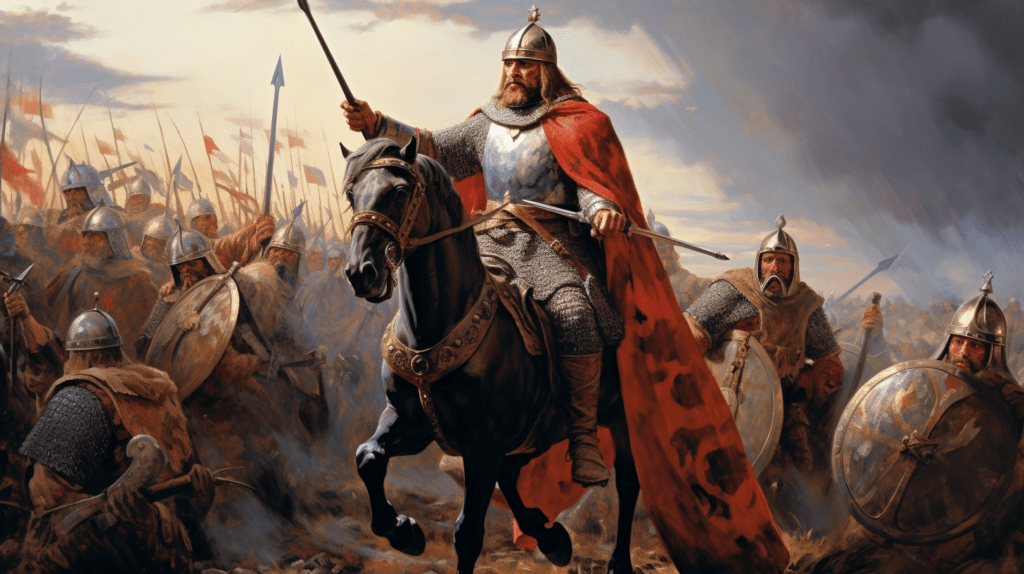On This Day, September 28, 1066, a pivotal chapter in English history unfolded as William the Conqueror, the Duke of Normandy, initiated the Norman Conquest with his historic invasion of England. This military campaign was set to change the course of English history, culture, and governance.
The conquest began when William’s fleet landed at Pevensey on the English coast. His claim to the English throne was rooted in a contested succession following the death of Edward the Confessor and the enthronement of Harold Godwinson, which William regarded as a betrayal and usurpation. The Norman invasion brought with it significant military prowess and strategic planning.
The climax of this campaign was the Battle of Hastings, fought on October 14, 1066. In this battle, William’s forces decisively defeated King Harold II’s army. Harold’s death during the battle left the English forces leaderless and paved the way for William’s eventual control over England. The victory at Hastings was a turning point, leading to William’s coronation as King of England on Christmas Day, 1066.
William’s ascension to the throne brought profound changes to England. He introduced Norman culture, reshaped the English language with French influences, redistributed land to his Norman followers, and initiated architectural changes, including the construction of numerous castles. The Norman Conquest not only altered the political landscape but also had lasting effects on English society, law, and governance, cementing William’s place as a pivotal figure in English history.
